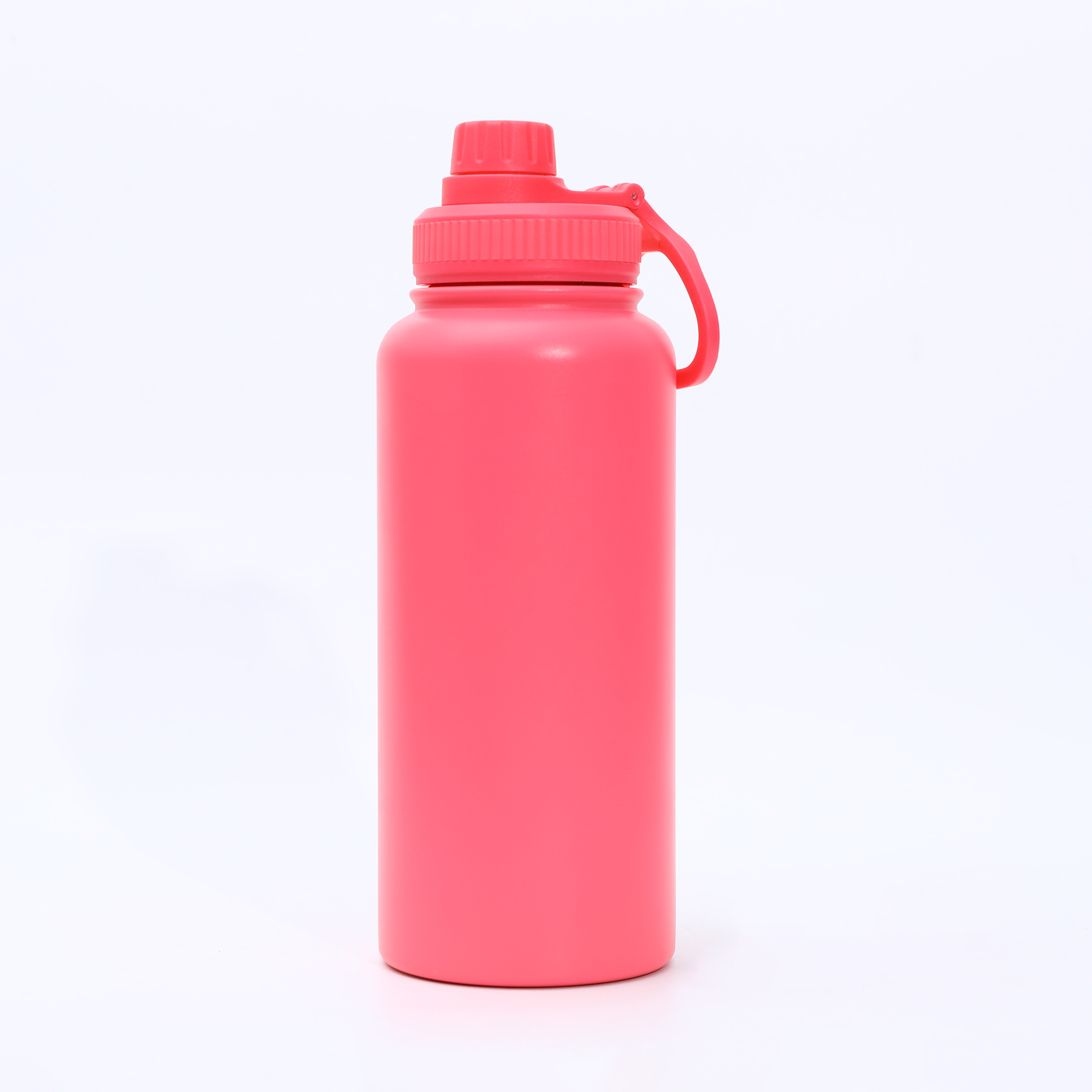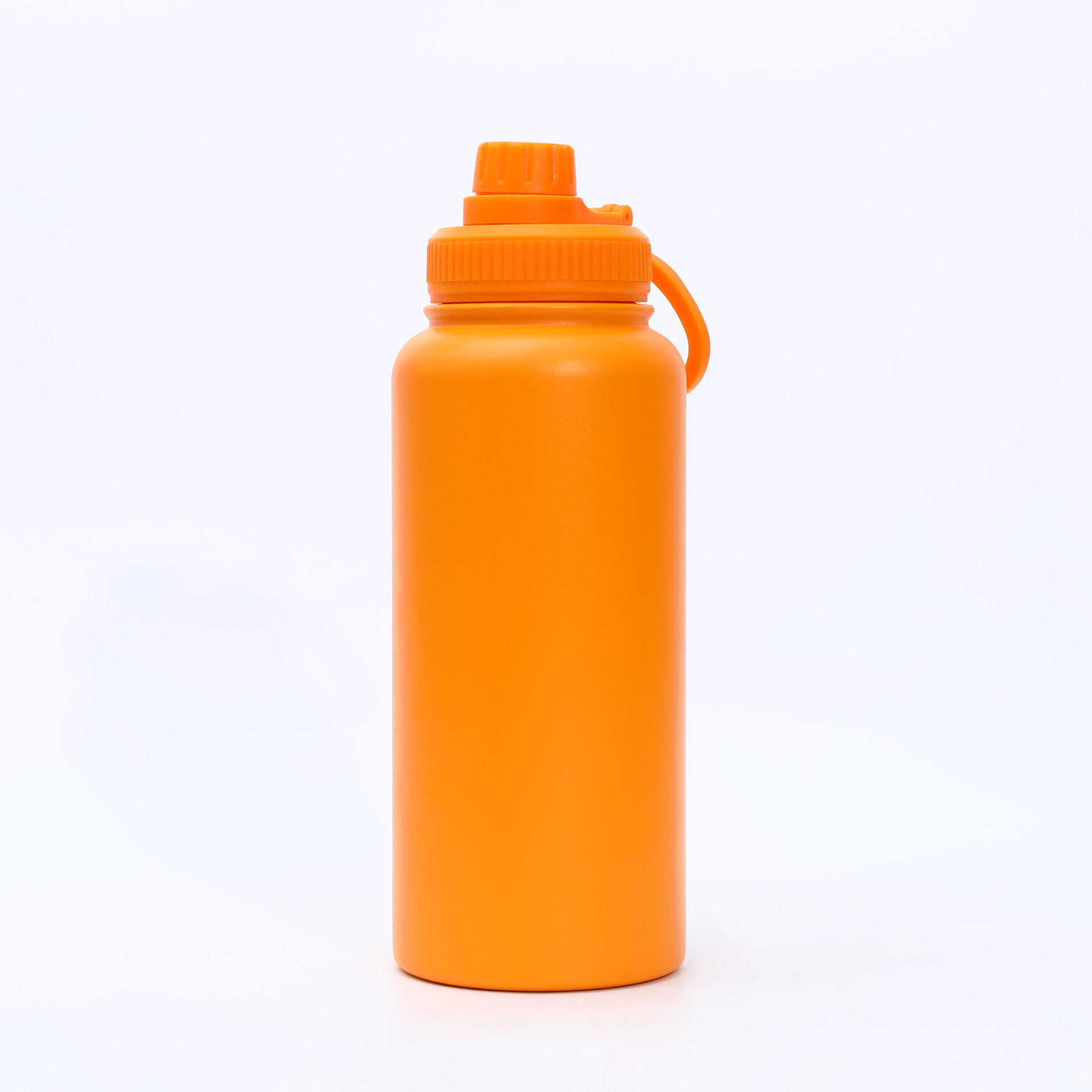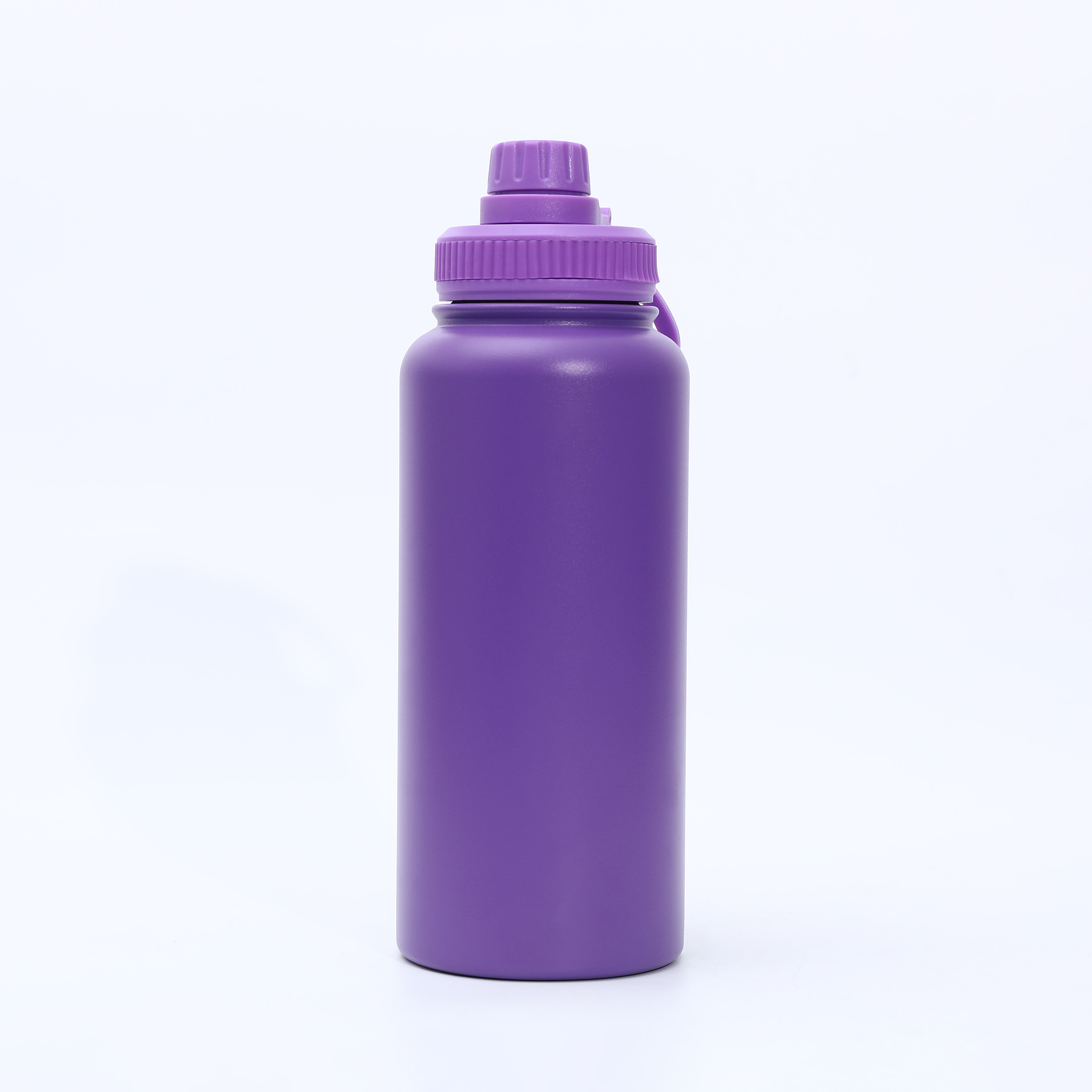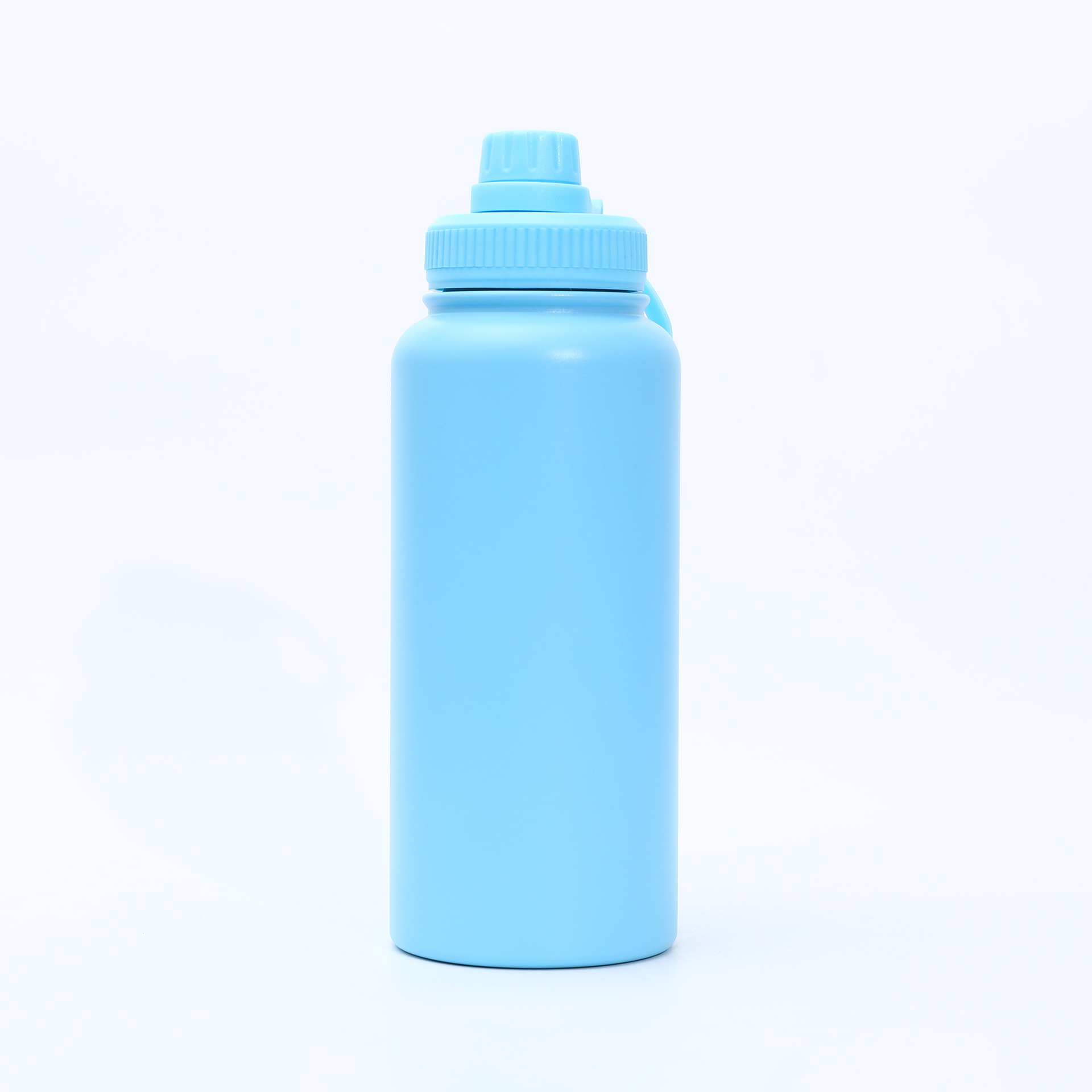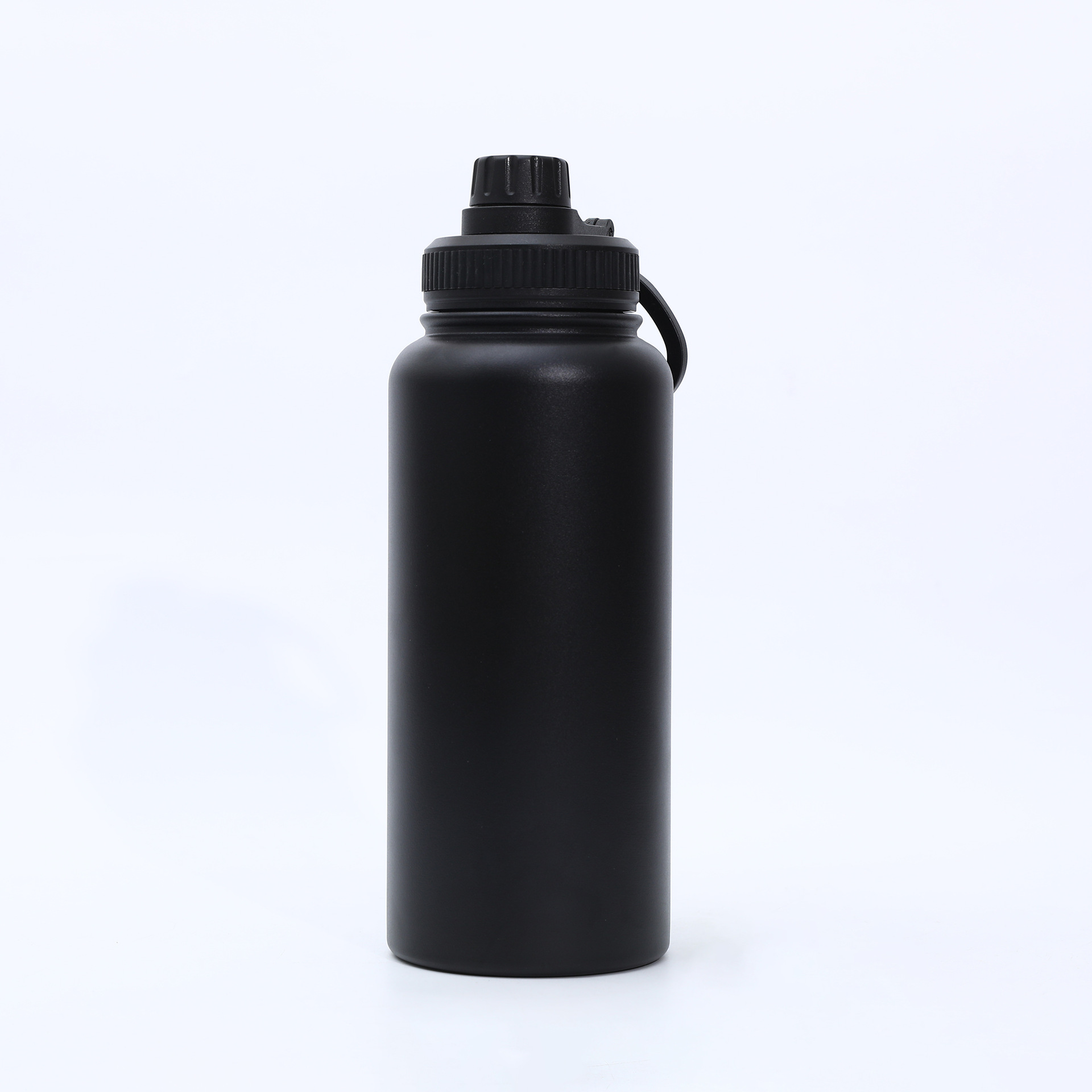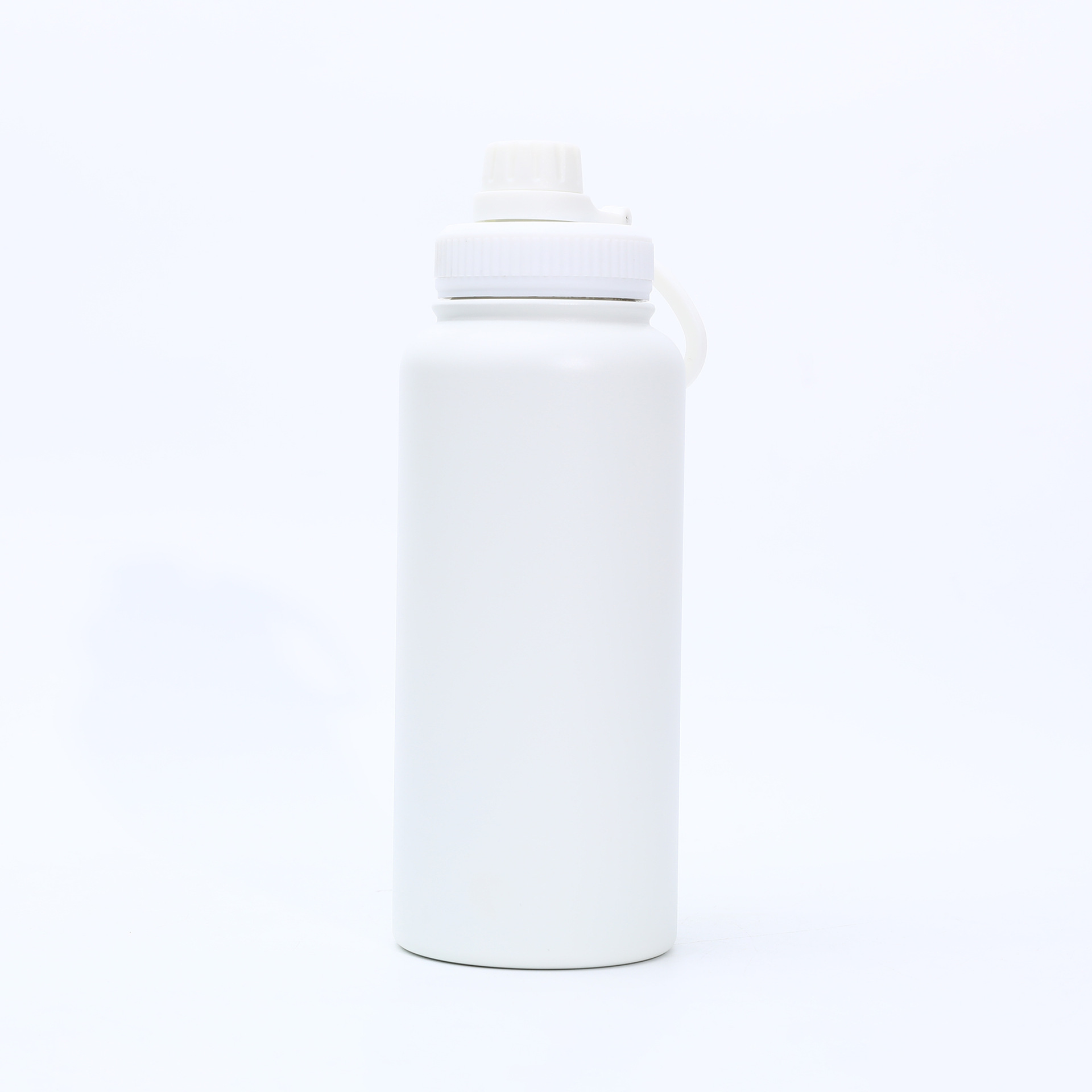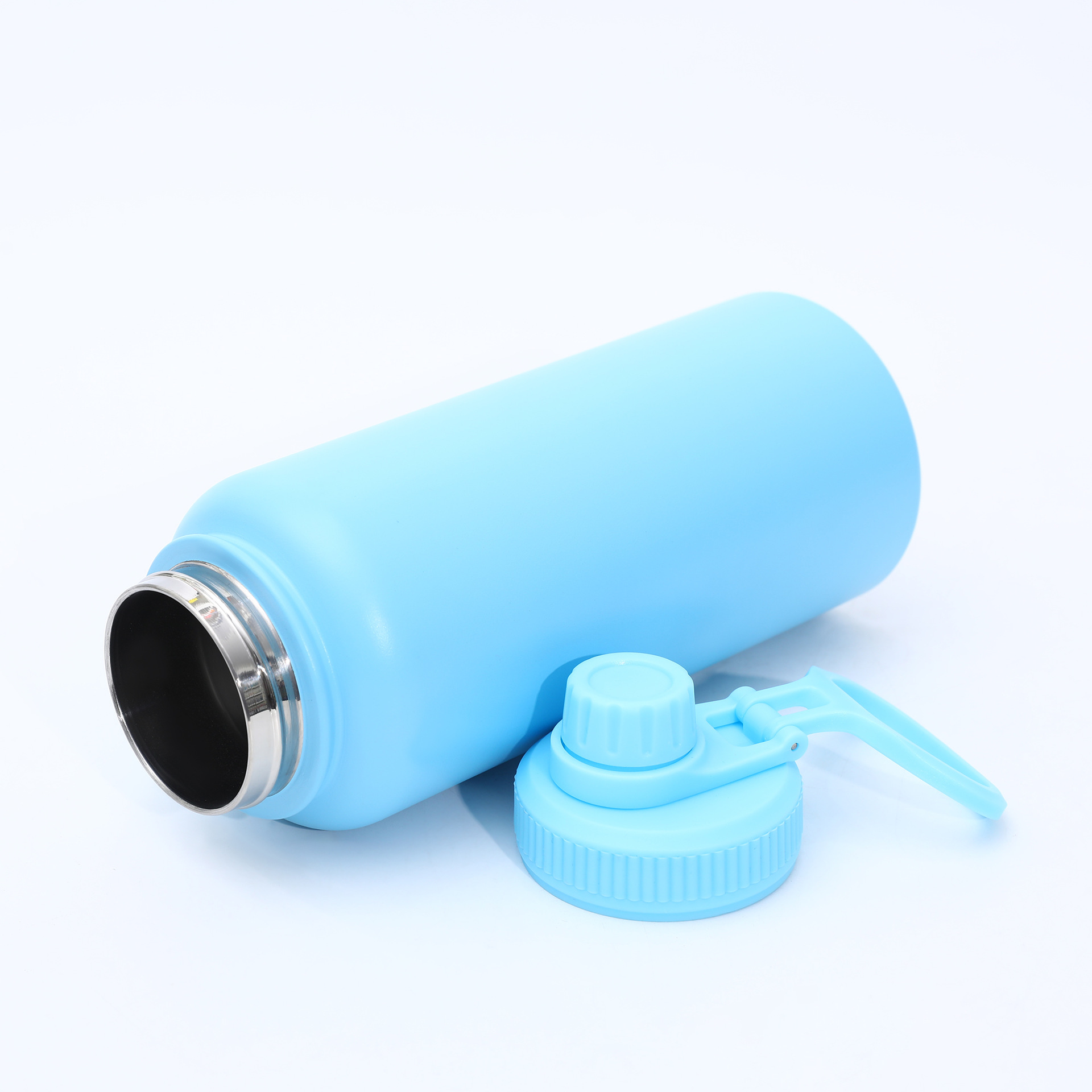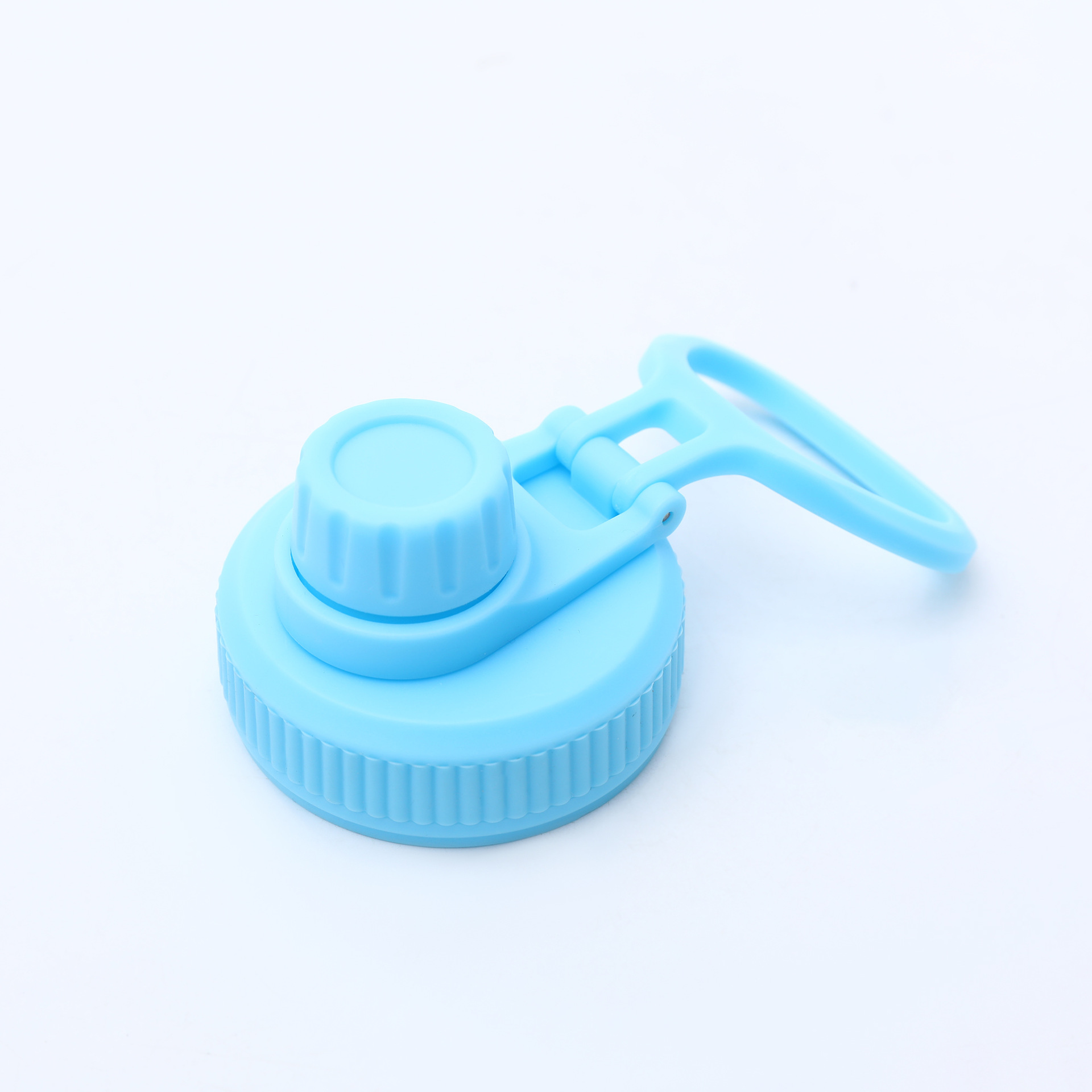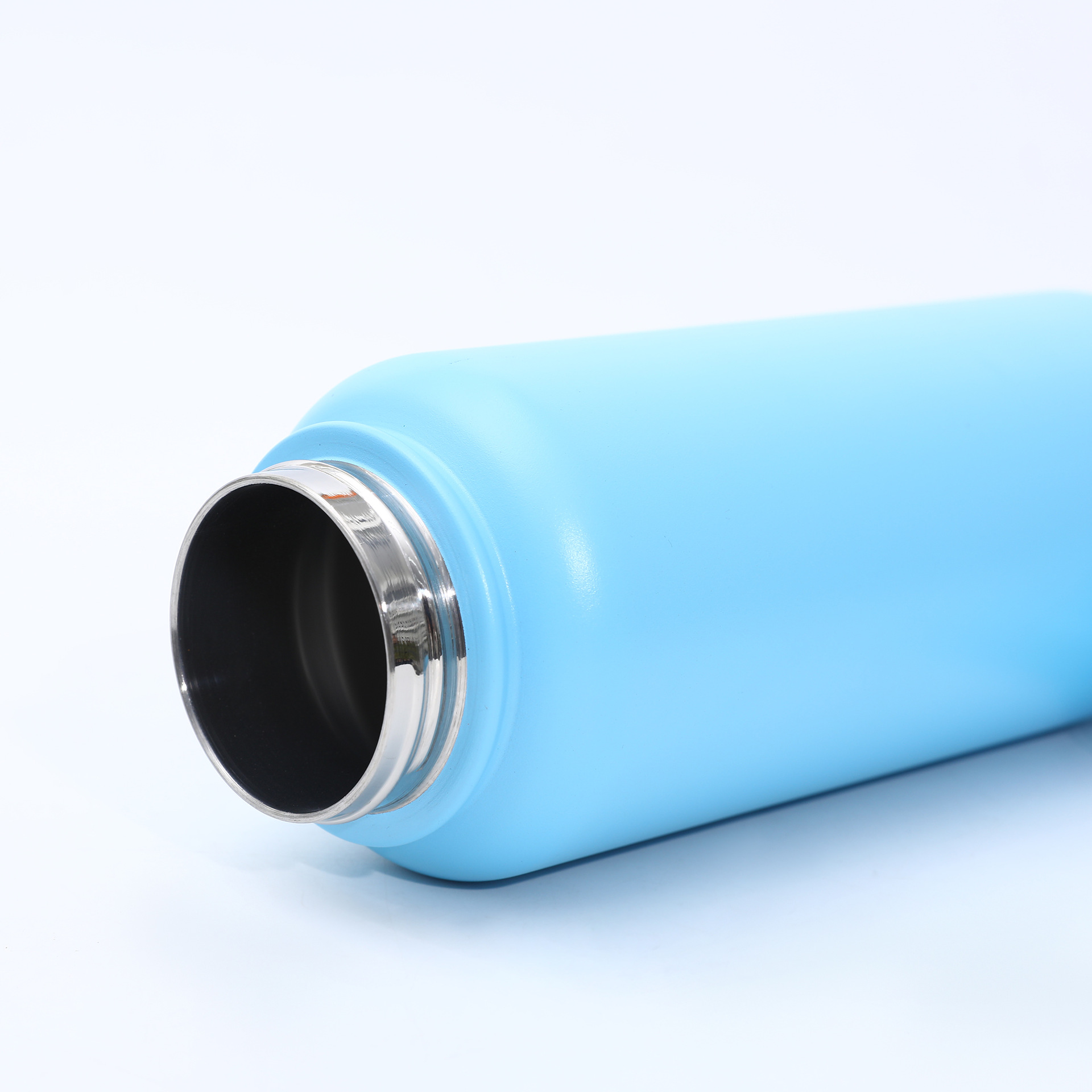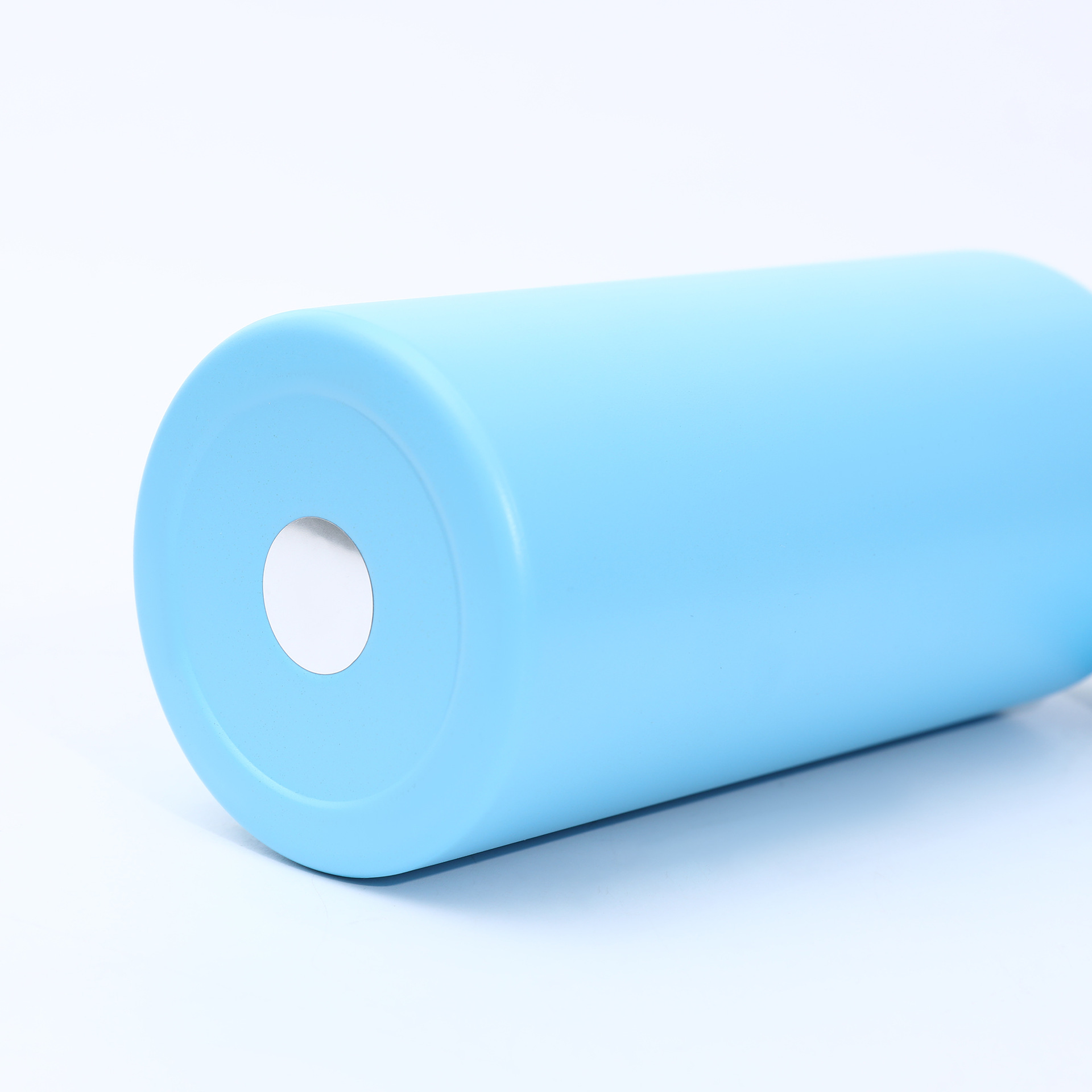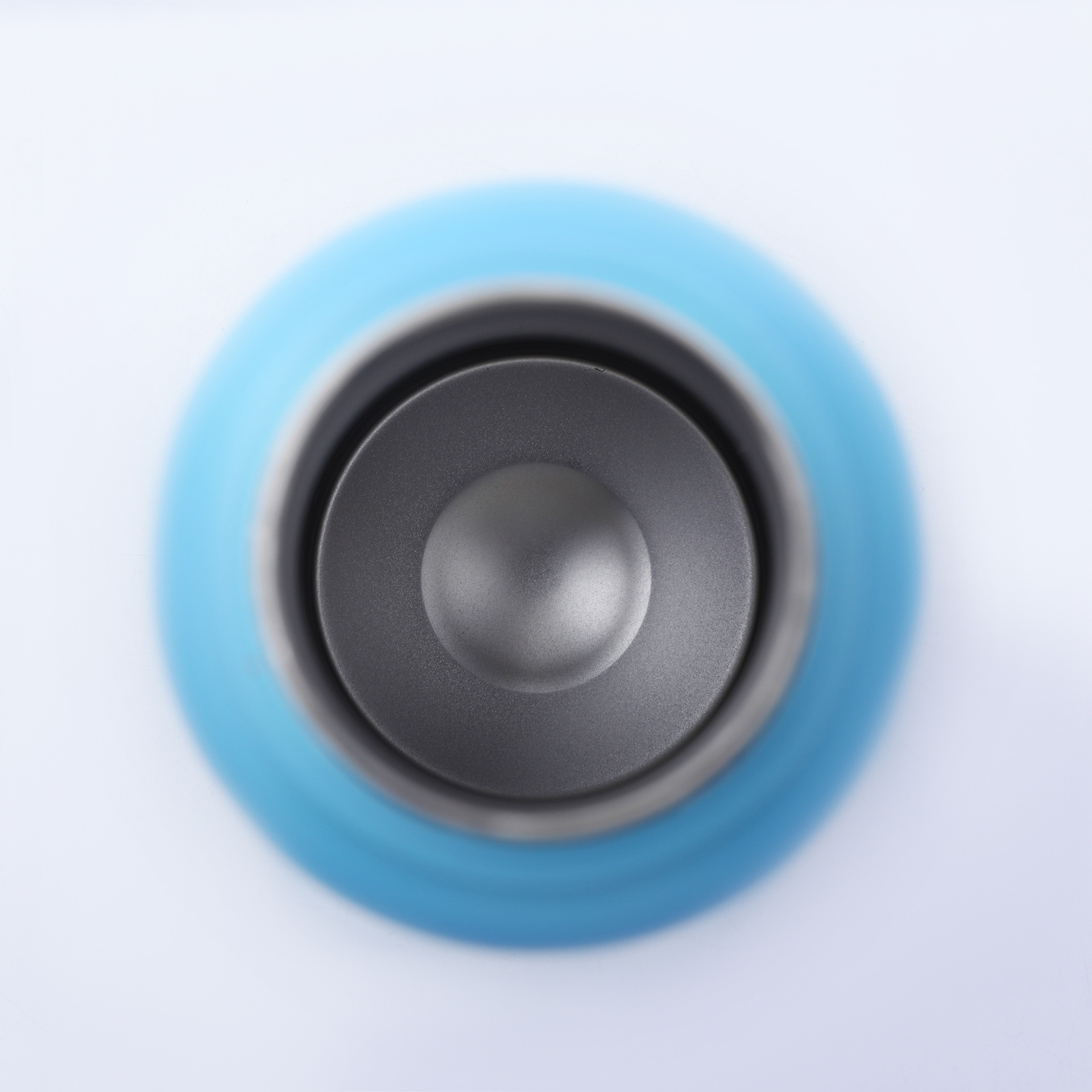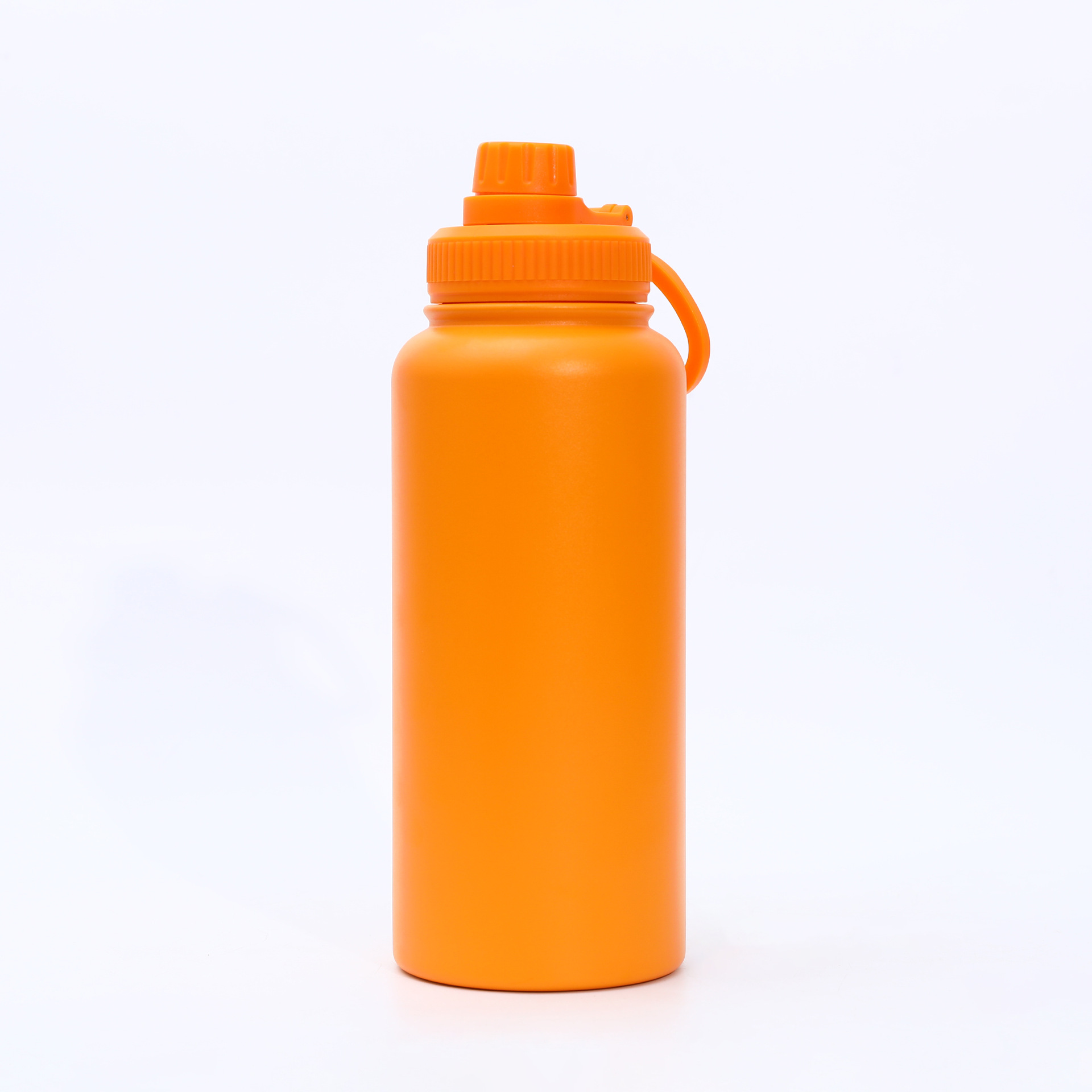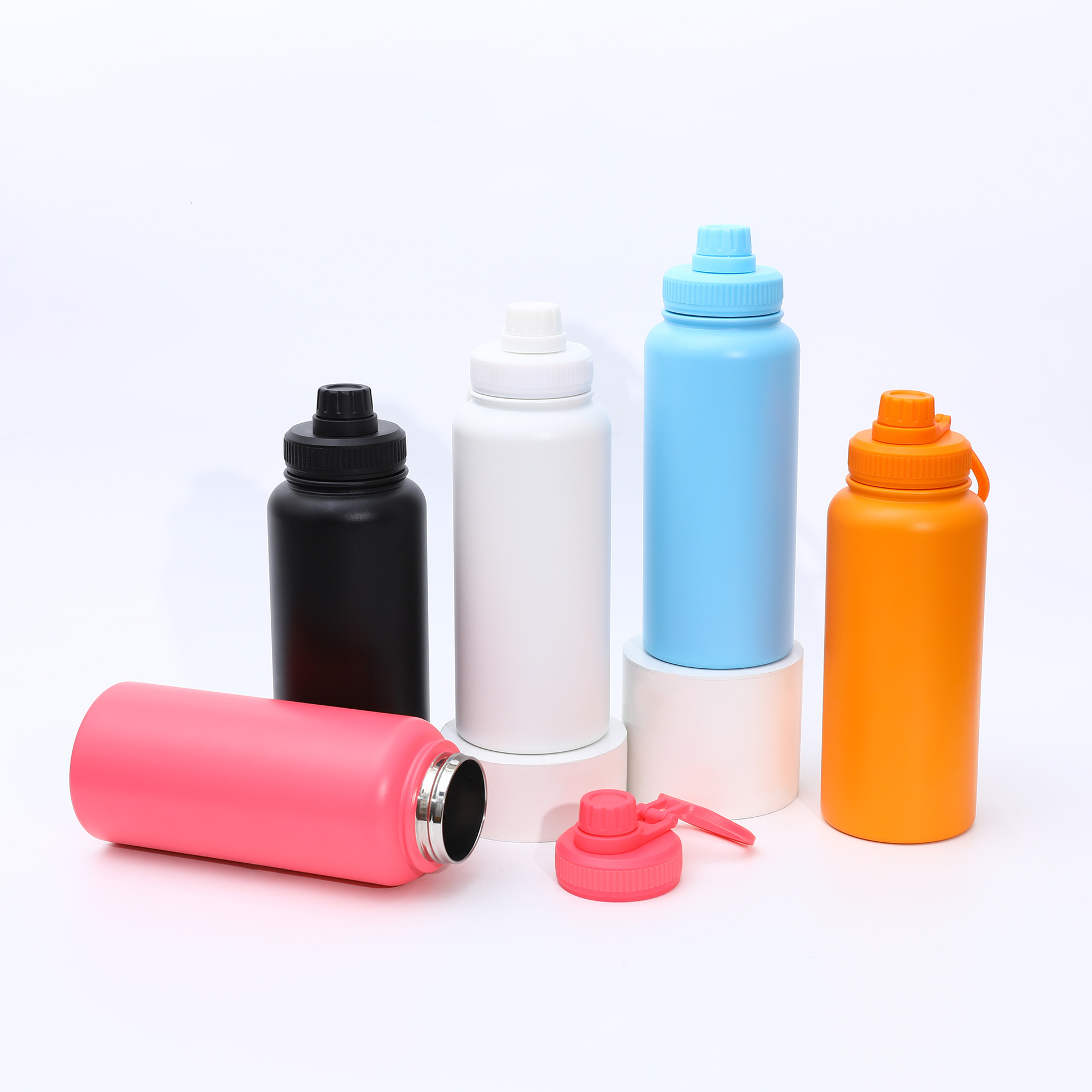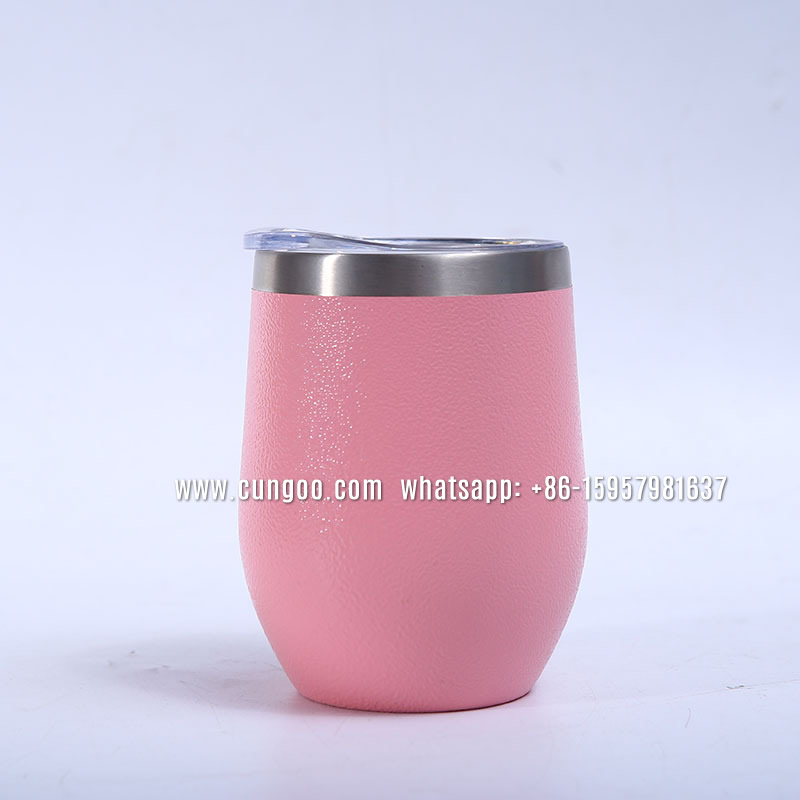There are many types of stainless steel vacuum flasks available in the market with significant price differences. For some consumers, due to a lack of understanding of their principles, they may spend a lot when purchasing but fail to find a satisfactory product. So, how can one choose a vacuum flask with high-quality insulation?
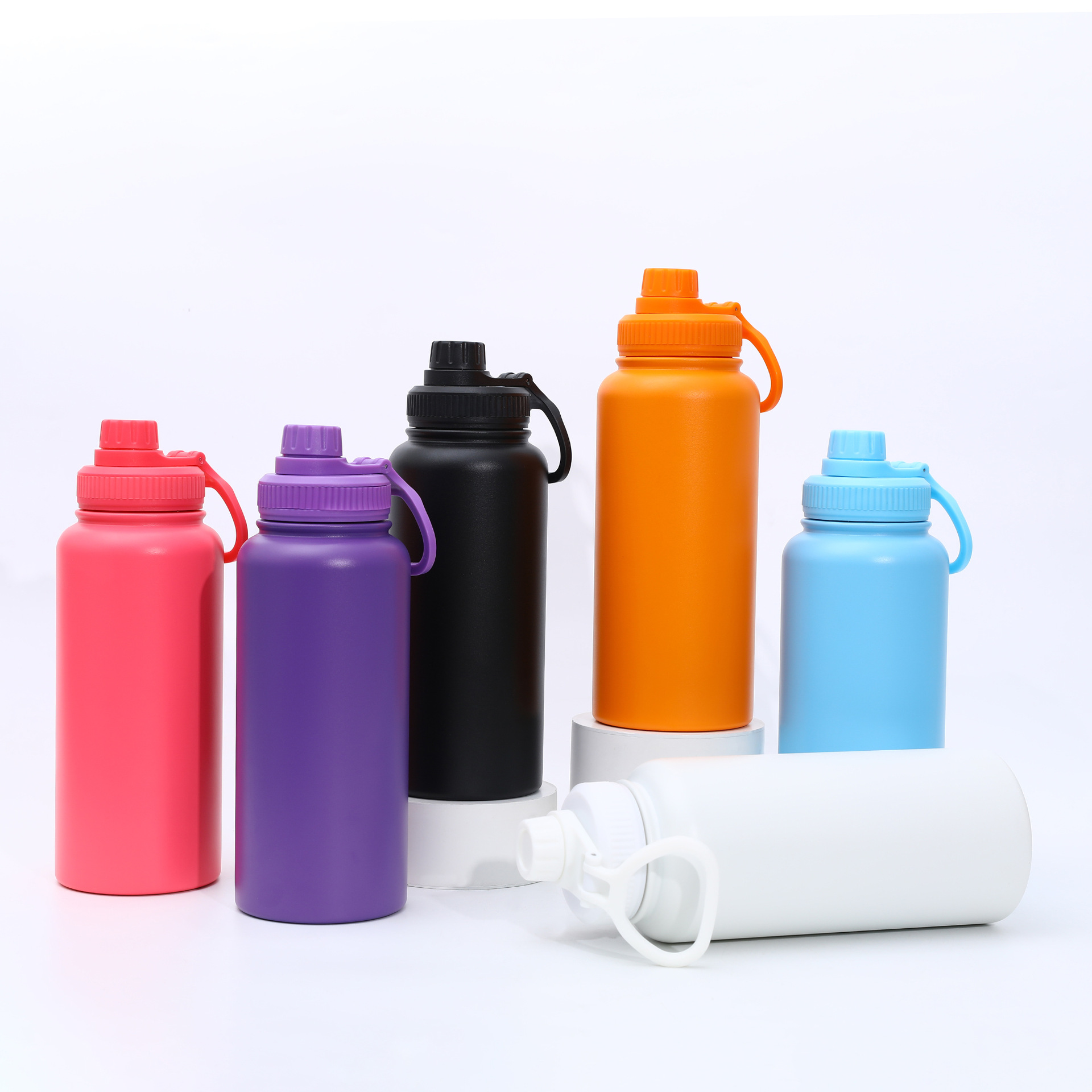
First, attention should be paid to the appearance. Check whether the polishing on the inner and outer surfaces is uniform and whether there are any dents or scratches; secondly, pay attention to whether the welding at the mouth is smooth and consistent to ensure comfort while drinking; furthermore, check the quality of plastic components, as poor quality can not only affect the lifespan but may also have adverse effects on the hygiene of drinking water; additionally, check whether the internal seal is tight, whether the stopper and the flask body fit well, whether it screws in and out smoothly, and whether there are any leaks. Moreover, evaluating the insulation performance is one of the main technical indicators for purchasing a vacuum flask. Although standard checks cannot be performed, a preliminary assessment can be made by observing the feel after filling it with hot water; a good vacuum flask will still feel cool at the bottom after two minutes.
The following are specific purchasing methods:
1. Vacuum insulation performance identification method: After pouring boiling water into the flask, tighten the stopper or lid clockwise for 2-3 minutes, then touch the outer surface of the flask. If there is a noticeable warmth, it indicates that the product may have lost its vacuum and cannot provide good insulation.
2. Sealing performance identification method: After adding water to the flask, tighten the stopper and lid in a clockwise direction, place the flask flat on the table, and observe if there is any water leakage. The screw connection between the lid and the mouth should be flexible and without gaps.
3. Plastic accessory identification method: High-quality food-grade new plastics usually have a low odor, shiny surface, no burrs, long lifespan, and are not prone to aging. In contrast, ordinary plastics or recycled plastics often have a strong odor, dull color, many burrs, are prone to aging, and can easily break.
4. Capacity simple identification method: The depth of the inner liner should be roughly consistent with the height of the outer shell, and the capacity should match the nominal value. Some inferior vacuum flasks may add sand or cement blocks inside to compensate for the loss of weight. It should be noted that a heavier flask does not necessarily indicate better product quality.
5. Stainless steel material simple identification method: There are various specifications of stainless steel, among which 18/8 indicates that it contains 18% chromium and 8% nickel. This material, which meets national food-grade standards, is an environmentally friendly product with rust-proof and corrosion-resistant properties. Generally, the body of a stainless steel flask appears whitish or dark; if rust spots appear after soaking in a 1% saltwater solution for 24 hours, it indicates that the contained elements exceed the standard, which may pose direct health risks to humans.

